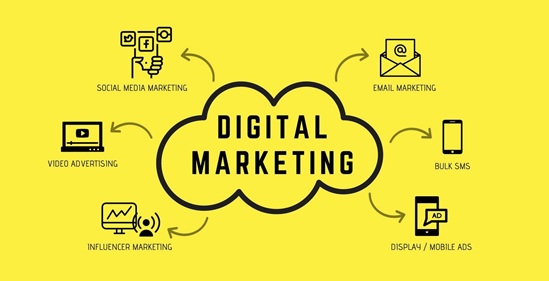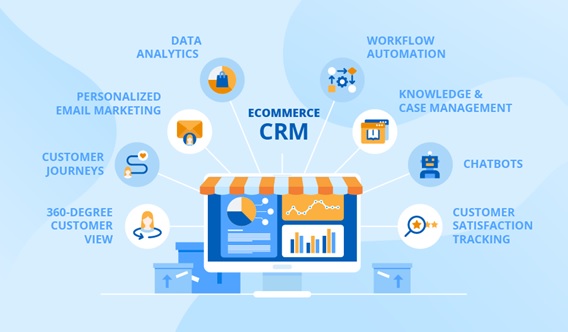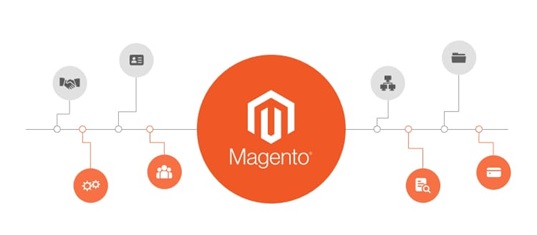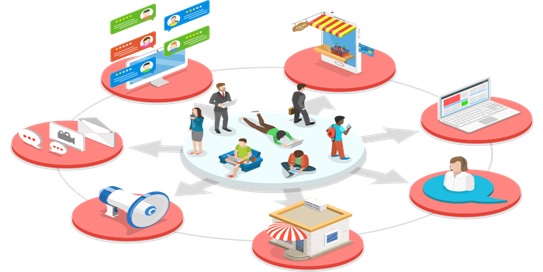The Difference: Cross-selling and upselling
Upselling is the practice of encouraging customers to purchase a comparable higher-end product than the one in question, while cross-selling invites customers to buy related or complementary items. Though often used interchangeably, both offer distinct benefits and can be effective in tandem. Upselling and cross-selling are mutually beneficial when done properly, providing maximum value to customers and increasing revenue without the recurring cost of many marketing channels.
Cross-selling
Cross-selling identifies products that satisfy additional, complementary needs that are unfulfilled by the original item. In ecommerce, cross-selling is often utilized on product pages, during the checkout process, and in lifecycle campaigns. It is a highly-effective tactic for generating repeat purchases, demonstrating the breadth of a catalog to customers. Cross-selling can alert users to products they didn't previously know you offered, further earning their confidence as the best retailer to satisfy a particular need.
Up-selling
Upselling often employs comparison charts to market higher-end products to customers. Showing visitors that other versions or models may better fulfill their needs can increase AOV and help users walk away more satisfied with their purchase. Companies that excel at upselling are effective at helping customers visualize the value they will get by ordering a higher-priced item.
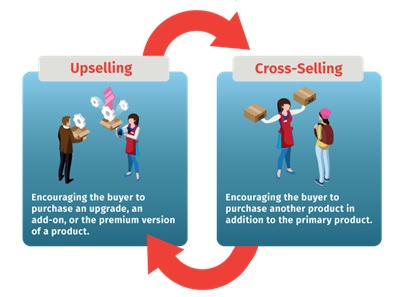
Figure 1. Cross-selling and upselling
Cross-selling and upselling are similar in that they both focus on providing additional value to customers, instead of limiting them to already-encountered products. In both cases, the business objective is to increase order value inform customers about additional product options they may not already know about. The key to success in both is to truly understand what your customers value and then responding with products and corresponding features that truly meet those needs.
Cross selling and upselling are both typically performed mid-to-late stages of the conversion funnel where a customer has already indicated they’re likely to make a purchase. Additionally, both strategies promote products or services known to be similar to the original item the customer planned to purchase.
Both cross selling and upselling are essential to improving average order value (AOV) and profitability, and they can often be used together. However, they can have slightly different impacts on the business. For instance, upselling typically encourages upgrading to a higher margin product, while cross selling may not always increase the margin rate but increases the average order value by adding additional products.
A company’s business model will ultimately dictate whether cross selling or upselling is more valuable. For example, in an eCommerce business where customer acquisition or shipping adds a high fixed cost to orders, businesses will often want to maximize the average order value to minimize the effect of these costs.
Advantages of upselling and cross-selling
The main idea of upselling and cross-selling is to boost the merchant’s revenues and the overall bottom line. But it isn’t only about money, it’s also about providing real value to clients. Here is what else these sales tactics can help you with:
- Adding a personal touch. Although quality and pricing are important, an individual approach really matters to shoppers now. They want you to predict their wants, fully understand their needs and offer them relevant suggestions. Cross-selling/upselling is based on the customer’s preferences and past purchases. Thus, these techniques allow you to improve personalisation for a better customer experience.
- Optimising a sales value. Statistically, the probability of selling products to existing customers is 60-70% higher than to new prospects. Loyal shoppers are ready to spend 31% more than first-time buyers. Cross-selling and upselling help you retain existing clients by offering them compliments or upgrades to their purchases.
- Increasing customer lifetime value. When exposed to relevant recommendations, clients buy more often from you and bring more money to your brand.
- Enhancing trust. If you cross-sell something that meshes with your customer’s needs, they will trust your brand even more. Why? Because a client understands that you care about their interests. It’s not just a blatant ad or irrelevant offering.
References:
- https://www.bigcommerce.com/ecommerce-answers/what-difference-between-upselling-and-cross-selling/
- https://magento.com/resources/difference-between-cross-selling-and-upselling
- https://tranzzo.com/blog/what-is-the-difference-between-upselling-and-cross-selling
Cite this article:
Vinotha D (2021), The Difference: Cross-selling and upselling, AnaTechMaz, pp. 6




